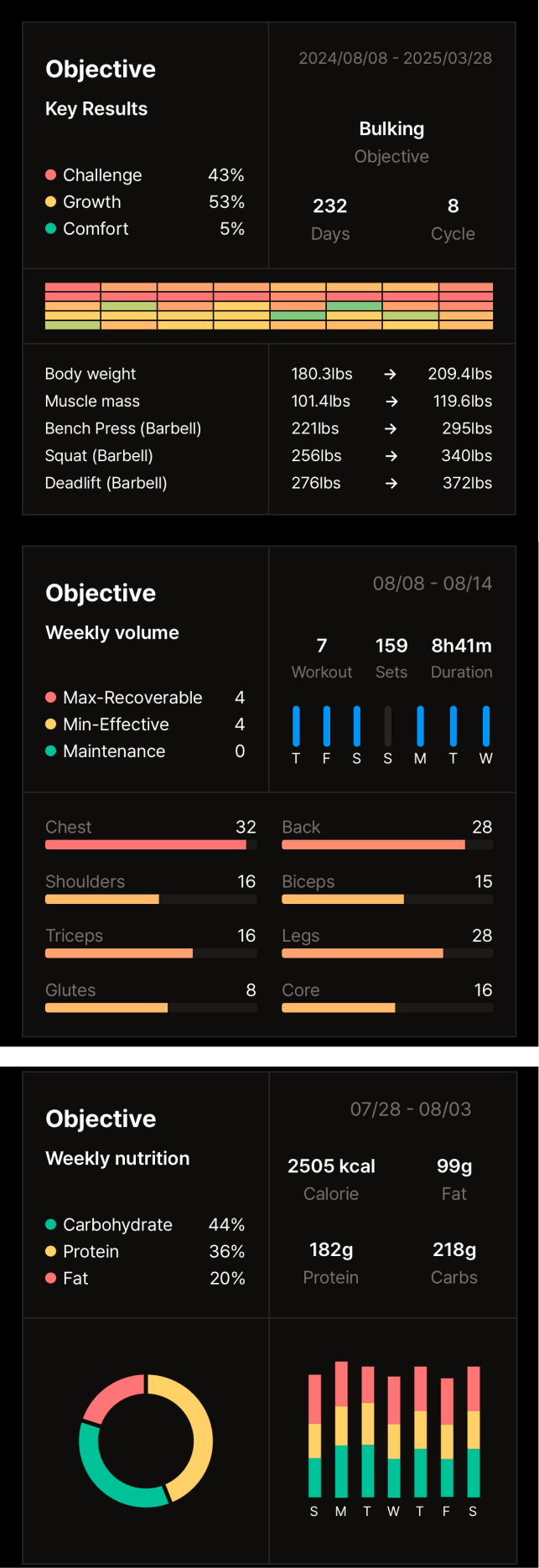Flexible Dieting vs. Clean Eating
Ever felt overwhelmed by the countless diet plans out there? Many people find themselves caught between the allure of flexible dieting and the discipline of clean eating. This article provides an in-depth comparison of these two popular approaches, helping you understand which one best suits your lifestyle and goals. Imagine a beginner fitness enthusiast, eager to improve their physique but unsure which dietary path to follow. This scenario is common, and we'll explore the benefits, challenges, and practical applications of both flexible dieting and clean eating to provide clarity.
Understanding Flexible Dieting
What is Flexible Dieting?
Flexible dieting, often referred to as "IIFYM" (If It Fits Your Macros), centers on tracking macronutrients—protein, carbohydrates, and fats—to achieve specific dietary goals. It emphasizes hitting daily targets for these nutrients while allowing flexibility in food choices. This adaptability is a key differentiator, making it a popular option for those seeking a less restrictive approach.
Benefits of Flexible Dieting
A major advantage of flexible dieting is its customizable nature. It allows individuals to enjoy a wider variety of foods, including occasional treats, as long as they fit within their macronutrient targets. This flexibility can make dieting more sustainable and less likely to lead to feelings of deprivation. It can also contribute to weight loss or muscle gain, depending on the individual's goals, by ensuring adequate intake of essential nutrients.
Challenges of Flexible Dieting
While flexible dieting offers freedom, it requires consistent tracking of macronutrients. This can be time-consuming and may feel overwhelming for some. Another challenge is making informed food choices within the flexible framework. For example, hitting your macros with primarily processed foods can negate the benefits of balanced nutrition.
Diving into Clean Eating
What is Clean Eating?
Clean eating focuses on consuming whole, minimally processed foods in their most natural state. It prioritizes nutrient-dense options like fruits, vegetables, lean proteins, and whole grains while minimizing processed foods, refined sugars, and unhealthy fats. This approach emphasizes the quality of food over strict calorie or macronutrient counting.
Benefits of Clean Eating
Clean eating offers numerous health benefits. By focusing on nutrient-rich foods, it supports optimal digestion, boosts energy levels, and contributes to overall well-being and weight management. It can also reduce the risk of chronic diseases. The emphasis on natural foods often leads to a greater appreciation for the flavors and textures of whole ingredients. 
Challenges of Clean Eating
Clean eating can sometimes be perceived as restrictive, making it challenging to maintain in social settings or when traveling. It can also be more expensive, as whole, unprocessed foods are often pricier than processed alternatives. Furthermore, the definition of "clean" can be subjective and vary among individuals, potentially leading to confusion and, in extreme cases, orthorexia, an unhealthy obsession with healthy eating.
Flexible Dieting vs. Clean Eating: A Detailed Comparison
Key Differences
| Feature | Flexible Dieting | Clean Eating | |---|---|---| | Focus | Macronutrient intake | Food quality and minimal processing | | Tracking | Required | Not strictly required | | Flexibility | High | Moderate | | Food Choices | Wide range, including some processed foods | Primarily whole, minimally processed foods | | Sustainability | Can be sustainable with mindful choices | Can be challenging due to potential restrictiveness |
Who Benefits Most from Each Diet?
Individuals with specific fitness or physique goals, such as athletes or bodybuilders, may find flexible dieting beneficial for optimizing macronutrient intake to support performance and body composition changes. Those seeking a more holistic and sustainable approach to healthy eating might prefer clean eating. Beginners may find clean eating easier to grasp initially, while those comfortable with tracking and calculations may find flexible dieting more adaptable.
Practical Application and Tips
Flexible Dieting:
- Calculate your macros: Use online calculators or consult a registered dietitian to determine your daily macronutrient targets.
- Track your intake: Utilize food tracking apps to monitor your progress and ensure accuracy.
- Prioritize whole foods: While flexibility is allowed, focus on nutrient-dense options for optimal health.
Clean Eating:
- Shop the perimeter of the grocery store: This is where most whole, unprocessed foods are typically located.
- Cook at home more often: This allows you to control ingredients and minimize processed foods and added sugars/fats.
- Meal prep: Prepare meals and snacks in advance to stay on track and make healthy choices more convenient.
Real-Life Stories and Successes
Case Study: Flexible Dieting Success
Sarah, a busy professional, struggled with restrictive diets. She adopted flexible dieting and successfully lost weight while still enjoying social events. Her key strategy was prioritizing whole foods 80% of the time while allowing for occasional treats within her calculated macros.
Case Study: Clean Eating Transformation
Mark, a former fast-food enthusiast, transformed his health through clean eating. He eliminated processed foods, increased his intake of fruits, vegetables and whole grains, and saw significant improvements in his energy levels and digestion.
Lessons Learned
Both Sarah and Mark demonstrate that achieving health goals requires a personalized approach. Their successes highlight the importance of finding a diet that aligns with individual preferences, lifestyle, and goals.
Conclusion
There's no one-size-fits-all answer to the flexible dieting vs. clean eating debate. Consider your goals, lifestyle, and preferences when choosing a dietary approach. Assess your willingness to track macros and your comfort level with potential restrictions. This article provides a foundation for making an informed decision. You can also explore further research on balanced nutrition and consult with a registered dietitian or nutritionist for personalized advice tailored to your specific needs and health conditions. Remember, making informed dietary choices empowers you to achieve your health and wellness goals.

